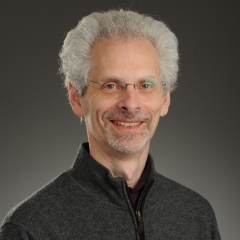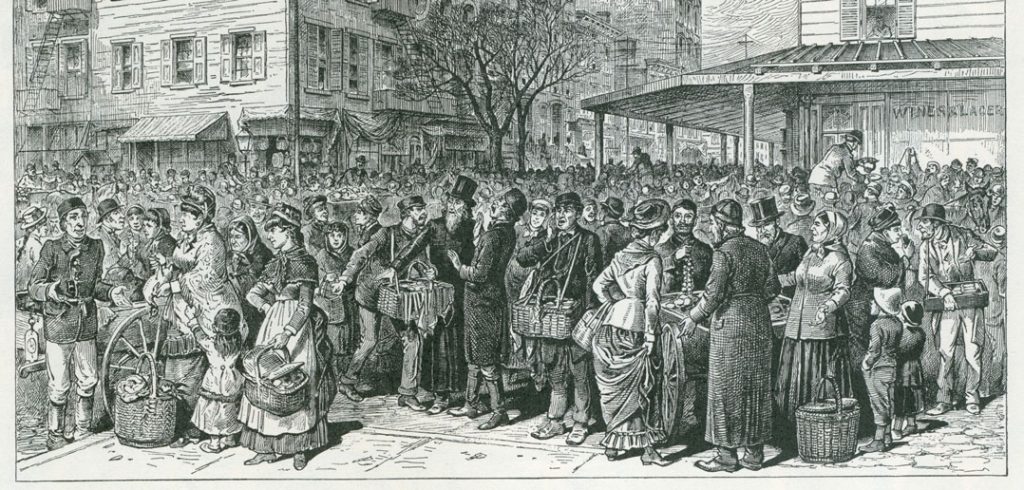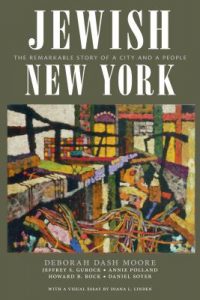The Jews who immigrated to New York City from the 17th century to the 21th century represented the sheer diversity of the city. According to Daniel Soyer, Ph.D., a professor of history specializing in American Jewish history, urban history, and American immigration, they came from different places in Europe and other parts of the world, and at different periods in U.S. history.
Throughout, Jews settled in neighborhoods across the five boroughs, including most notably the Lower East Side of Manhattan, Brooklyn’s Crown Heights and Brownsville, and many communities in the South Bronx.
In Jewish New York: The Remarkable Story of a City and a People (NYU Press, 2017), which Soyer co-authored with five other scholars, he chronicles the Jews’ relationship to the city, from the earliest influx of Jews to New Amsterdam to the most recent arrivals from the former Soviet Union.

What were some of the characteristics of Jews that settled in New York since the 17th century?
The traditional way of periodizing the immigration of Jews to New York sees three waves of arrivals. There was an early population of Jews who arrived from the Dutch colony of Recife in 1654 to New Amsterdam, and they really formed the first Jewish community in North America. They were mostly Sephardic Jews. In the middle of the 19th century, Jews who came mostly from Central Europe were German speaking. In addition to participating in German American communal affairs, they had a separate communal existence with their own synagogues and fraternal societies. The largest influx of Jews came at the end of the 19th century and in the early 20th century. The Jewish population in New York went from about 80,000 in 1880 to 1.5 million in 1920.
Why was New York such a special place for Jews?
A lot of it goes back to the numbers. There were neighborhoods that were predominately Jewish. Coupled with that, there was a relative freedom that the United States in general and New York in particular, offered to Jews. In the modern period, there was a lot of struggle and conflict within the Jewish community about what being Jewish meant. But in New York, they could be anything that they wanted to be. You could be an individual who was completely unaffiliated with the community or a secular Jew that is not religious at all, but still affiliated with Jewish cultural activities, organizations, and philanthropy. You could also be a traditional or Orthodox Jew and find synagogues and Kosher foods.
How were they able to assimilate while retaining their own traditions? Why was this important?
The importance of this varies considerably among individuals. Some Jews to this date feel that it’s very important to hold on to as much of their traditions as possible, and they find it possible to do this in New York because of the great concentration. Because of the freedom in the United States and a big city like New York where not everyone is looking over your shoulder all the time, you could also walk away from it. So, there was a whole spectrum.
What were some challenges that Jews faced in New York?
There were always people in New York who didn’t like Jews, though many of those people didn’t like newcomers of any kind. In the late 19th century, some of the upper-class Anglo-American elite started to become more self-conscious in response to the mass immigration about who they were and who they weren’t. There was a wave of upper-class anti-Semitism in the late 19th century, which hadn’t been as strong before. Disagreements among white ethnics in New York over conflicts that were going on in Europe in the 1930s spilled over into the city. There were street battles, especially in the Bronx and Brooklyn, between Catholic and Jewish young men over turf and political issues.
How did Jews help to transform the city?
Jews played a large role in creating a kind of New York liberalism, which resembled European-style social democracy. We have the most public housing of any city in the country, in addition to cooperative housing, municipal hospitals, and cooperative health insurance plans. Central and Eastern European Jews pioneered the rise of the garment industry at the end of the 19th century as well. Modernist artistic movements arrived from Europe through New York, and many of the early American modern artists were Jewish immigrants or children of immigrants. Another thing that was important was the movie industry, which began in New York. Only later did many New York Jewish movie entrepreneurs move to California, and that’s how Hollywood got its start.



